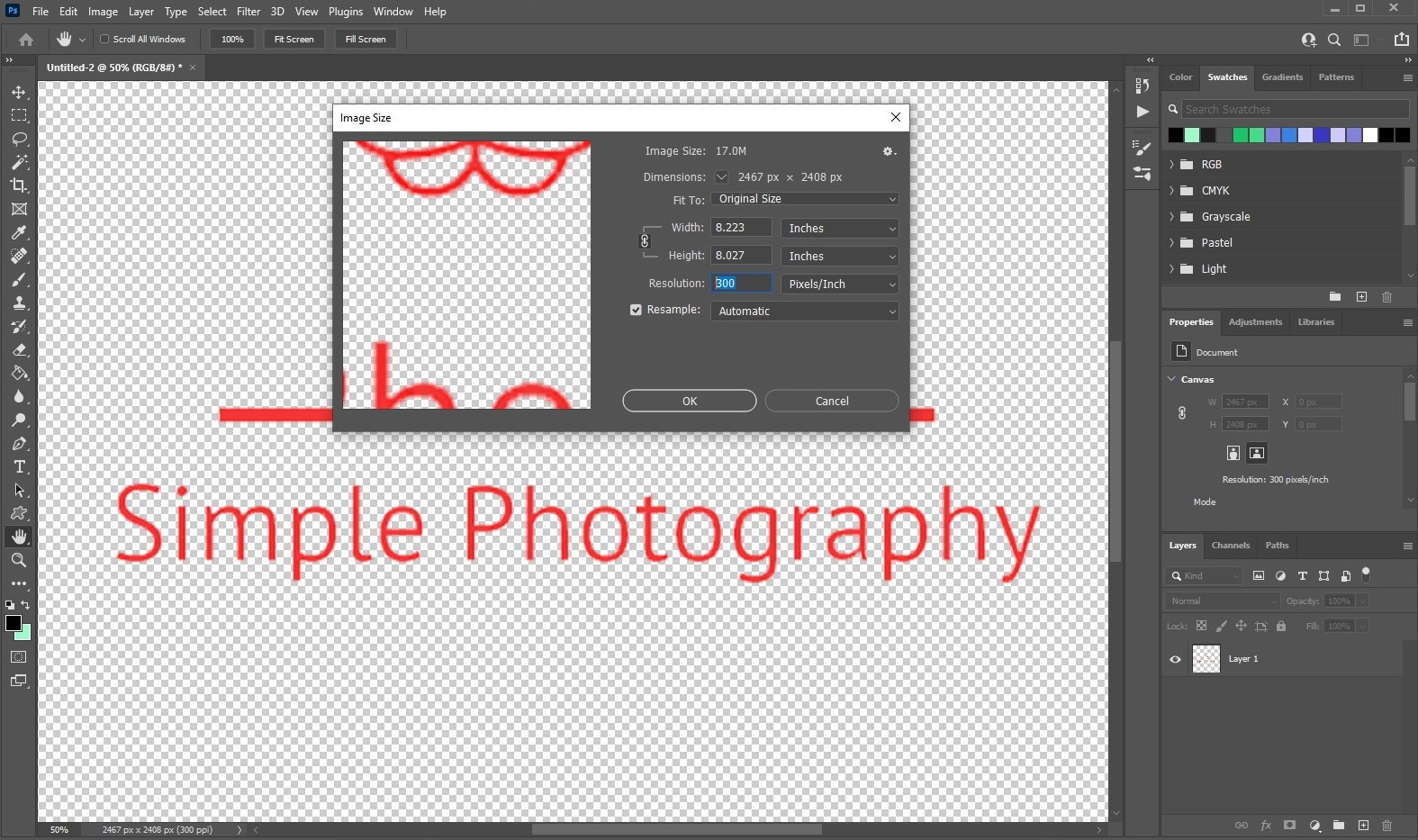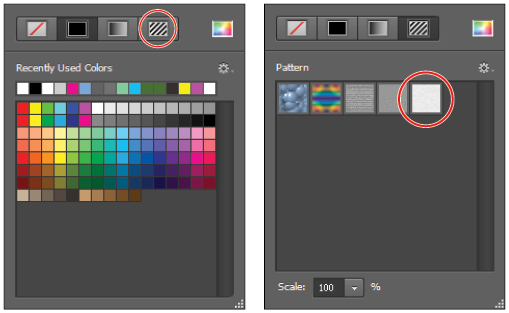
Equip the Brush tool (B) and make sure the brush color is set to black. Step 4: Add Your Layer Mask to the Layer You Want to EditĪt this point, you’re ready to start removing parts of your image. The opposite goes for a dark image or an image on a black background - in that case, choose a lighter bottom layer.

If your image is on a white background or a lighter color, make your bottom layer a dark color so you don’t miss a spot. Use the Paint Bucket tool (G) to fill your new layer with a solid color.

Step 3: Create a New Layer and Fill It with Color Though the Layer Mask tool is helpful, you always want to have backups just in case. Step 1: Set Up Your Art BoardĮither make sure that your art board is the size you want before importing your image, or double-check that the resolution on your image is the correct size. (To check image size, go to Image > Image Size.) Unlike the Eraser, Layer Masks also let you bring back information after you’ve removed it. In the Photoshop masks tutorial below, we’ll be showing you how Layer Masks can do everything the Eraser can - but they can also do much more. The Image Layer Mask tool creates a channel on your layer that lets you “paint” parts of an image on or off at will. Before we start, it’s important to first accept one essential rule: You should never use Photoshop’s Eraser tool to isolate objects in an image.


 0 kommentar(er)
0 kommentar(er)
